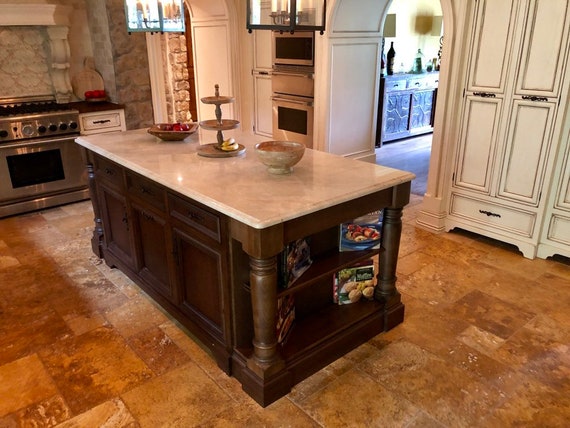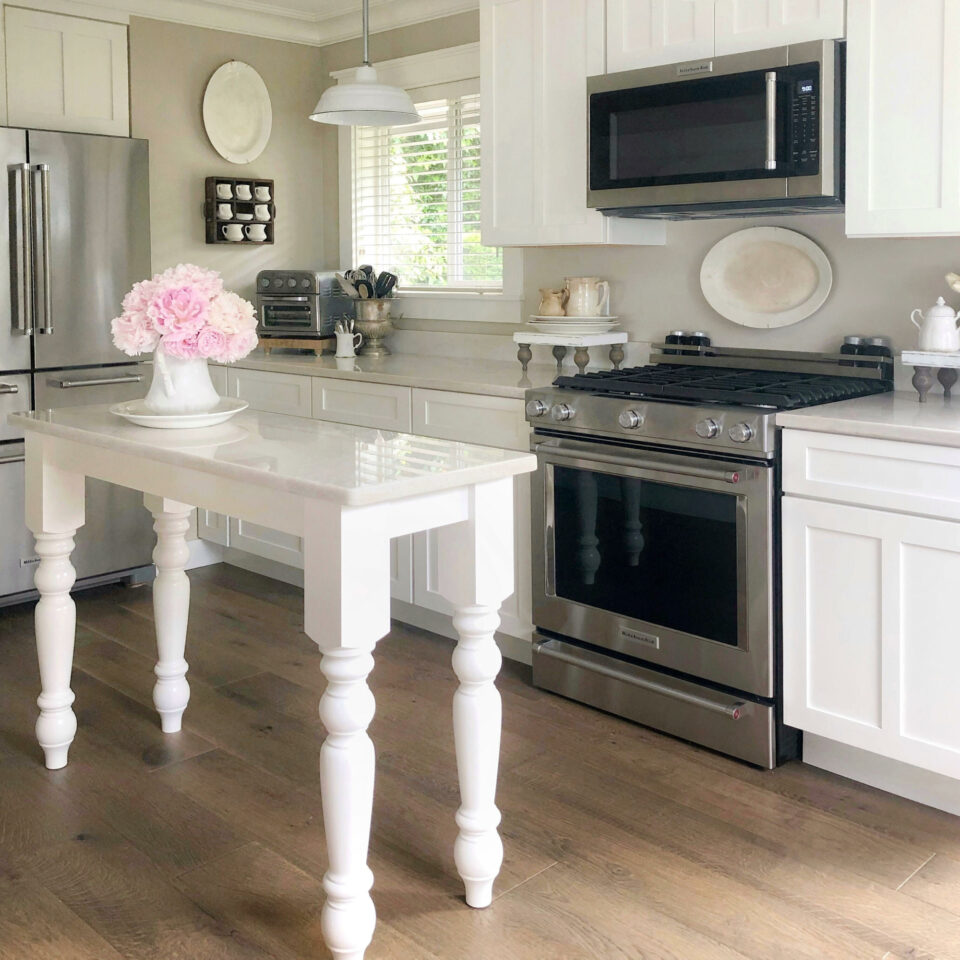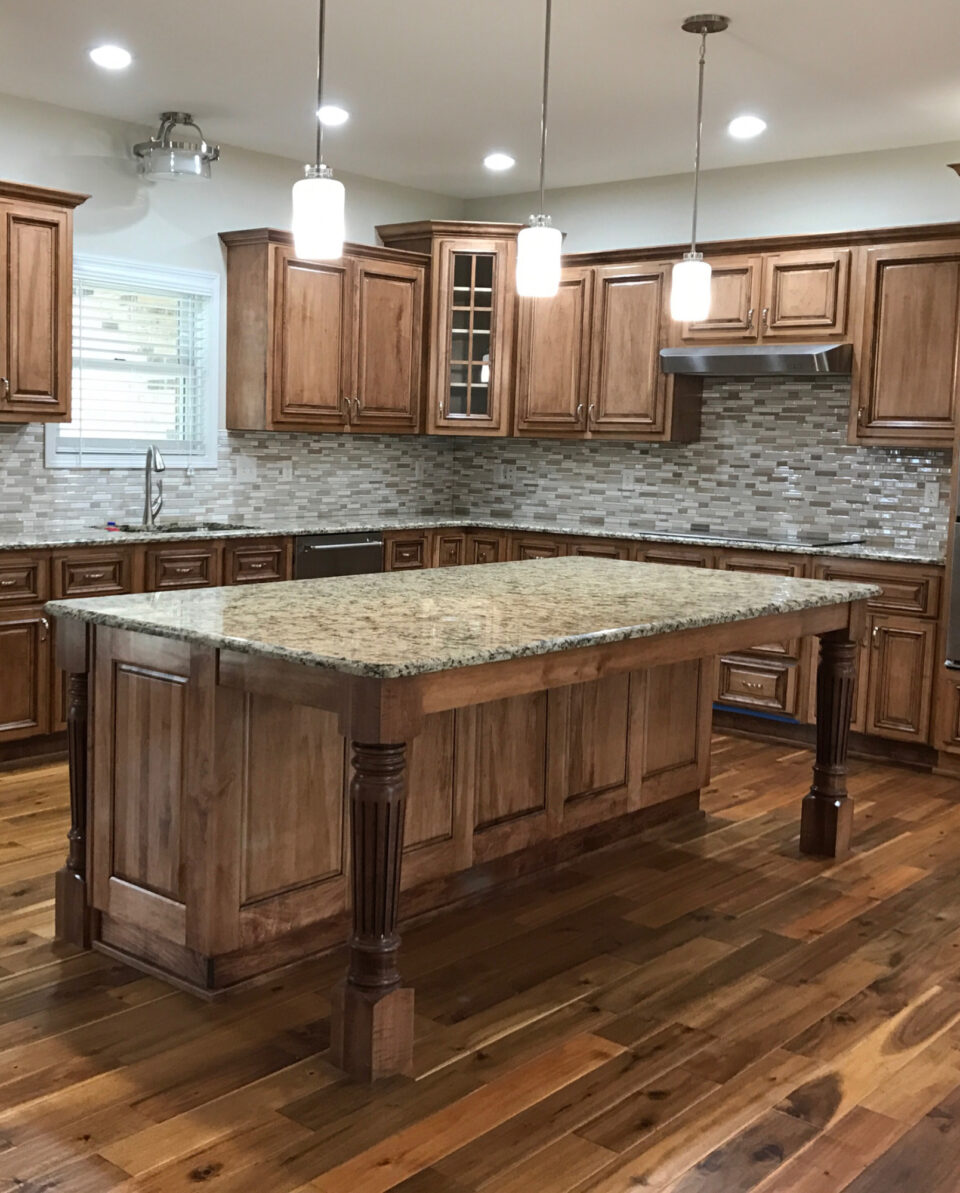Update Your Kitchen with Trendy Kitchen Island Leg Solutions
Update Your Kitchen with Trendy Kitchen Island Leg Solutions
Blog Article
Leading Factors To Consider When Picking a Kitchen Area Island Leg for Modern Kitchen Interiors
In the world of modern cooking area interiors, the option of a kitchen island leg is crucial, influencing both aesthetic appeals and functionality. Secret factors to consider include the selection of materials that integrate with modern design, in addition to the leg's security and support to ensure enduring performance. In addition, height and percentages must be attentively evaluated to preserve a natural appearance. As these elements intertwine, they elevate further concerns regarding just how to achieve the excellent balance between design and usefulness, leaving one to ponder the ramifications of each choice on the total kitchen experience.
Material Options
When it involves choosing a cooking area island leg, product choices play an essential function in both appearances and capability. kitchen island leg. One of the most usual products consist of wood, metal, and composite choices, each offering possible downsides and unique advantages
Timber is preferred for its heat and traditional charm, offering a classic appearance that complements numerous kitchen area styles. It is extremely functional, enabling for modification in regards to coatings and colors. Timber may require even more upkeep to prevent bending or damages from moisture.
Steel, on the various other hand, brings a commercial and modern panache to kitchen area islands. Stainless steel and functioned iron are preferred options, recognized for their resilience and resistance to put on. They can stand up to the rigors of day-to-day use yet may do not have the warmth connected with wood.
Composite products, such as engineered timber or synthetic blends, supply a balance in between price, longevity, and visual appeals. These alternatives are commonly developed to resemble the appearance of all-natural materials while giving resistance to spills and scrapes.
Ultimately, the selection of material should align with the general kitchen layout and planned usage, ensuring that the kitchen area island leg is both useful and visually attractive.
Design And Style
The design and style of a kitchen area island leg significantly add to the total aesthetic of the area, enhancing the chosen material. When picking the leg design, take into consideration the architectural style of the cooking area. Smooth, minimal legs made of stainless steel or acrylic harmonize with contemporary styles, while ornate, turned timber legs boost typical or farmhouse appearances.
In addition, the surface of the leg can influence the aesthetic impact; a polished chrome or matte black coating may evoke modern beauty, while distressed timber talks to rustic charm. The leg's shape additionally plays a critical role-- straight, angular forms share an even more commercial feeling, whereas bent or conical legs present a softer, more welcoming look.
Including ornamental aspects, such as carvings or decorations, can add individuality and character to the kitchen area island, further improving its duty as a centerpiece. Inevitably, the selected leg style must not just align with the general cooking area layout but likewise mirror the house owner's individual taste, making sure that the kitchen island ends up being a practical and unified focal point within the modern cooking area interior.
Elevation and Percentages
Achieving the best height and percentages for a kitchen island leg is critical for both functionality and aesthetics. Kitchen area islands typically range in elevation from 28 to 36 inches, depending upon their meant usage-- whether as a cooking surface, dining location, or workspace. Standard countertop elevation is approximately 36 inches, making it necessary that the legs you choose complement this height to give a smooth, incorporated appearance.
Percentages likewise play an important duty in the aesthetic balance of the kitchen. A slim leg may be appropriate for a modern or minimalistic island, while a more substantial leg might be needed for rustic or conventional designs.
When selecting the elevation and percentages of the kitchen area island leg, bear in mind the overall layout style of your kitchen area. This focus to detail not just enhances the functionality of the room but also adds to a aesthetically appealing and cohesive indoor design.
Security and Assistance
Constantly ensuring stability and support in kitchen area island legs is vital for both security and performance. A sound kitchen area island must endure day-to-day use, consisting of weight from devices, cooking, and social celebrations. As a result, the selection of legs must prioritize durable materials and layouts that can supply adequate assistance.
When reviewing stability, take into consideration the leg's product-- wood, light weight aluminum, or steel usually offer premium strength compared to lighter options. In addition, the layout must include a broad Discover More Here base to disperse weight equally and lower the risk of tipping or wobbling. For instance, legs developed with an A-frame or cross-bracing can substantially boost security.

Integrating these factors to consider will not only improve the overall safety and security of the kitchen area room but also enhance the longevity and performance of the kitchen island, making it an important centerpiece in contemporary kitchen area insides.
Finishing Touches
When it involves finishing a browse around here cooking area island, thoughtful finishing touches can dramatically boost both its visual charm and capability. Selecting the appropriate leg design is crucial, but complementing it with ideal details can change the entire space. Consider adding attractive aspects such as toe kicks or walls that match the cabinetry or flooring to develop a seamless look.

A cohesive shade combination and material option will certainly elevate the kitchen island, making it an exciting focal factor. By paying interest to these finishing touches, homeowners can develop a kitchen area island that is both functional and attractive, providing to their way of life and layout choices.
Conclusion

In the Check This Out world of modern cooking area insides, the selection of a cooking area island leg is essential, affecting both aesthetics and performance.The design and layout of a cooking area island leg significantly add to the total aesthetic of the space, complementing the selected material.Achieving the best height and proportions for a cooking area island leg is crucial for both capability and appearances.Consistently making certain stability and assistance in kitchen area island legs is important for both security and functionality.In summary, choosing a cooking area island leg for modern-day insides requires cautious factor to consider of material options, layout style, elevation, proportions, and security.
Report this page